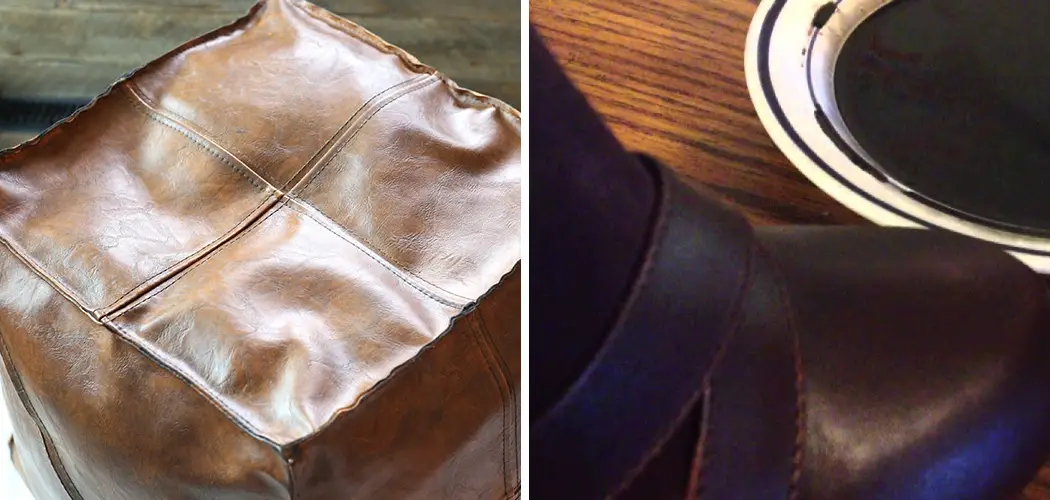Reviving or customizing synthetic leather items can be a rewarding DIY project, and one effective way to breathe new life into them is by dyeing. Whether you’re looking to update the color of a synthetic leather jacket, bag, or furniture piece, understanding how to dye synthetic leather is crucial for achieving professional-looking results.
Unlike natural leather, synthetic leather often requires a different approach and specific products to ensure a lasting and vibrant color transformation.
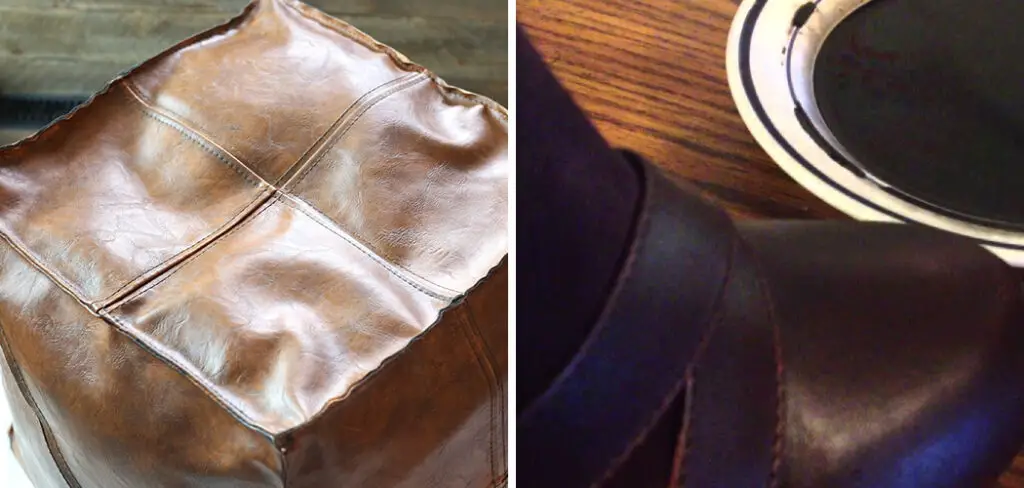
In this comprehensive guide, we will explore the step-by-step process of dyeing synthetic leather, covering everything from surface preparation and color selection to application techniques and post-dye care. Whether you’re a creative hobbyist or someone seeking to revamp worn-out synthetic leather items, mastering the art of dyeing will open up a world of possibilities for personalizing and rejuvenating your possessions with a fresh and stylish flair.
Benefits of Dyeing Synthetic Leather for Customization and Revitalization
Dyeing synthetic leather is a great way to add a personal touch to your belongings and give them new life. Whether it’s an old handbag, pair of shoes, or furniture piece, dyeing can transform the look of any synthetic leather item. Not only does it allow for customization, but it also helps revitalize worn-out pieces.
Here are some benefits of dyeing synthetic leather:
- Customization: One of the biggest benefits of dyeing synthetic leather is the ability to customize the color and look of your items. With a wide range of dyes available, you can choose any shade you desire, from bold and bright to subtle and neutral.
- Cost-effective: Dyeing is a cost-effective option compared to buying new items. Rather than spending money on a new bag or pair of shoes, you can give your existing ones a brand new look with just a small investment in dye.
- Eco-friendly: Dyeing synthetic leather is also an eco-friendly choice as it reduces waste and contributes to a more sustainable lifestyle. By giving old items a fresh look, you are preventing them from ending up in landfills.
- Revitalization: Over time, synthetic leather items can lose their luster and become faded or discolored. Dyeing can help restore the color and overall appearance of these items, giving them a new lease on life.
- Versatility: Synthetic leather is used in various products, from clothing to furniture, making it a versatile material. Dyeing allows you to transform any of these items, giving them a unique and personal touch.
10 Methods How to Dye Synthetic Leather
1. Preparing the Leather
Before you can dye synthetic leather, it is important to prepare it correctly. Start by cleaning the leather with a damp cloth and mild soap. Once it is clean, allow it to dry completely before proceeding with the dyeing process. It is also important to make sure that there are no oils or waxes on the surface of the leather, as these can prevent the dye from adhering properly.
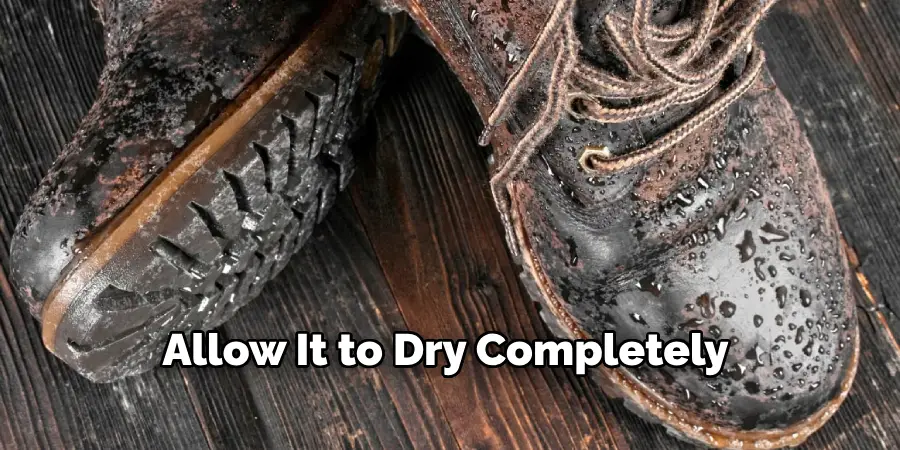
2. Applying a Primer
Once your leather is clean and dry, you should apply a primer to help the dye adhere better. Primers are available in both spray and brush-on forms and should be applied according to the manufacturer’s instructions. Allow the primer to dry completely before moving on to the next step.
3. Choosing Your Dye
When choosing a dye for synthetic leather, it is important to make sure that you select one specifically designed for use on synthetic materials. You can find dyes at most craft stores or online retailers, and they come in a variety of colors and shades. Once you have selected your dye, read through all of the instructions carefully before beginning the application process.
4. Applying The Dye
Once your leather is primed and your dye is ready, you can begin applying it to your project piece. Depending on what type of finish you would like for your project piece, you may choose to apply several thin coats of dye or one thick coat of dye with additional layers added for depth of color once each layer has dried completely. Make sure that each layer has dried completely before adding another layer of dye as this will help ensure an even finish when complete.
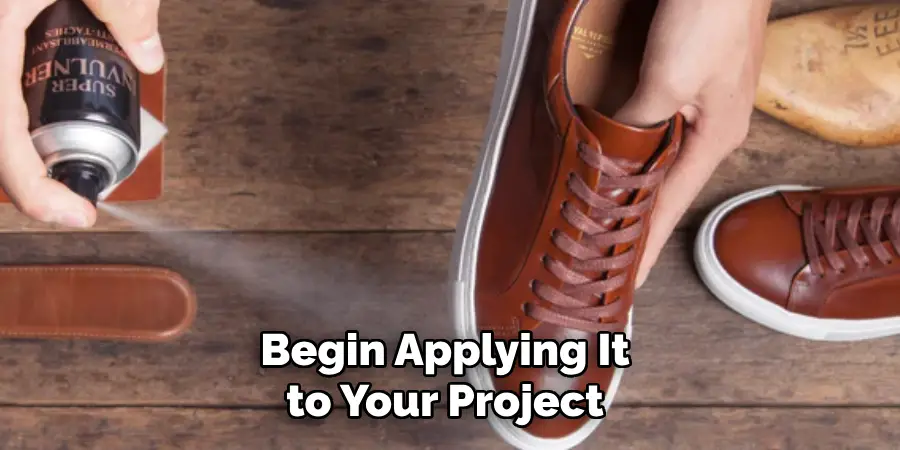
5. Setting The Color
After all layers of your chosen color have been applied and dried completely, it is time to set the color into your project piece by heat setting it with an iron set on low heat (no steam). Place a pressing cloth overtop of your project piece while ironing so that any excess moisture does not damage or discolor your workpiece as this could ruin all of your hard work! Allow your project piece to cool completely before moving onto sealing it in order to protect its new color from fading over time due to sun exposure or wear-and-tear from regular use.
6. Sealing The Color
In order to protect your newly dyed synthetic leather from fading over time due to sun exposure or wear-and-tear from regular use, you must seal in its new color with a sealant specifically designed for use on synthetic materials such as vinyls or faux leathers (not genuine leather). Apply two thin coats of sealant following all manufacturer’s instructions carefully; allowing each coat plenty of time (at least 24 hours) between applications in order for them both to fully cure before using or wearing your newly dyed item!
7. Cleanup & Maintenance
Once you have finished dying and sealing in your new color, there are still some steps left in order for proper care and maintenance of this item going forward! Always remember when cleaning any dyed items (synthetic or otherwise) that water will cause staining if used too aggressively – instead, opt for lightly dampening a soft cloth with warm water and gently wiping down any dirt/dust build-up; then allowing item(s) ample time afterward (at least 24 hours) for drying completely prior to storing away safely!
8. Testing For Colorfastness Before Use
Before using or wearing any newly dyed items made out of synthetic materials – always test first by rubbing an inconspicuous area gently with a white cloth – if no color transfers onto the cloth then the item should be safe for normal usage; however, if there is any transfer then the item may need further preparation/dying/sealing prior being used safely!
9. Storage Tips & Tricks
To ensure longevity when storing away any newly dyed items made out of synthetic material – keep them stored away separately from other fabrics/materials inside airtight containers (or plastic bags) whenever possible; this will help reduce dust build-up which can cause staining over time if left unchecked! Also, avoid direct sunlight exposure whenever possible as this can fade colors quickly depending upon intensity/duration – try keeping items stored away inside closets/drawers instead whenever possible!
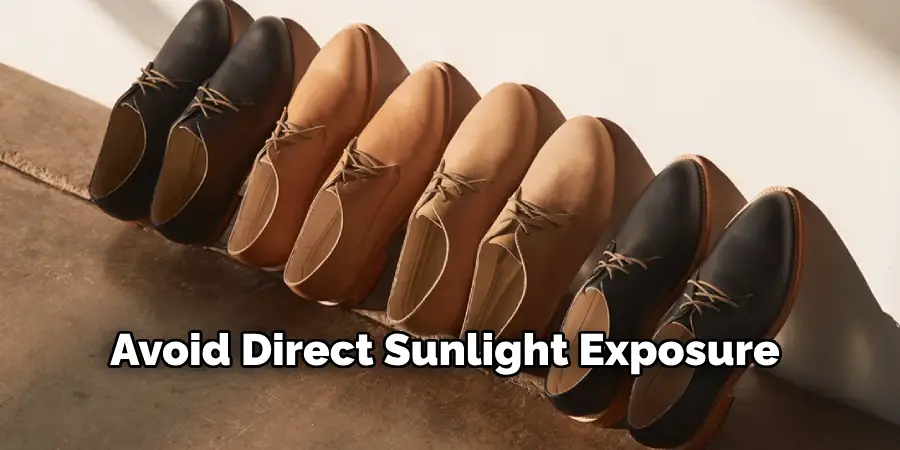
10. Repairing Damaged Areas Over Time
If ever needed – repairing small areas where dyes have faded due to normal usage/wear-and-tear over time can be done quite easily without needing many additional supplies: simply mix together equal parts rubbing alcohol & white vinegar, dab onto the affected area with a Q-tip, & blend in strokes outward from the center. Allow to air dry before sealing with a clear sealant.
Things to Consider When Dyeing Synthetic Leather
Synthetic leather, also known as faux leather or vegan leather, is a popular and affordable alternative to genuine leather. However, its appearance can often seem less natural and may not come in the desired color. In such cases, dyeing synthetic leather can be a great solution to achieve the desired look.
Dyeing synthetic leather requires some preparation and consideration to ensure the best results. In this guide, we will explore some important factors to keep in mind when dyeing synthetic leather.
Types of Synthetic Leather
Before jumping into the dyeing process, it is important to understand the different types of synthetic leather available. The most commonly used materials for synthetic leather are polyurethane (PU) and polyvinyl chloride (PVC). PU leather is more flexible and breathable, whereas PVC leather has a stiffer feel. Knowing the type of synthetic leather you are working with can help determine the most suitable dyeing method.

Colorfastness
Colorfastness refers to how well a material holds its color when exposed to external factors such as water, light, or heat. When it comes to synthetic leather, colorfastness can vary depending on the quality of the material. To test the colorfastness of your synthetic leather, dampen a cloth with water and rub it gently on a small, inconspicuous area. If there is no color transfer onto the cloth, then the material is considered to be colorfast.
Conclusion
It is possible to successfully dye synthetic leather with a few simple steps. We have highlighted the best supplies and methods for this task, from using leather dyes to accomplishing an even finish with a sponge or brush. It is important to remember that the results are dependent on the type of dye used and through which method it is applied.
Furthermore, it’s critical not to forget the importance of a protective lacquer or sealant in order for the color to endure over time. With these tips in mind, create unique projects and pieces that you’ll be proud of! Thanks for reading, and we hope this has g iven you some inspiration on how to dye synthetic leather!

